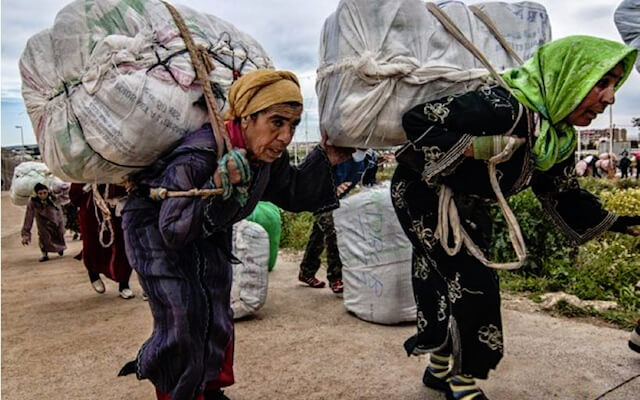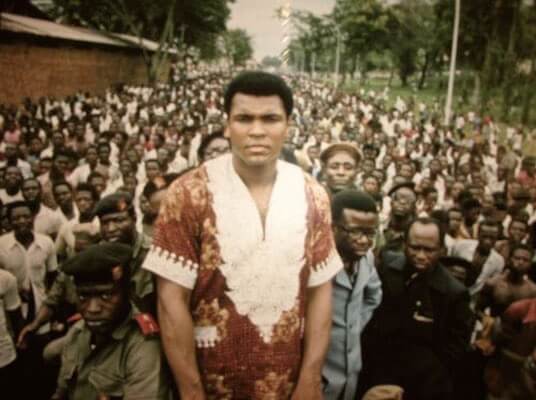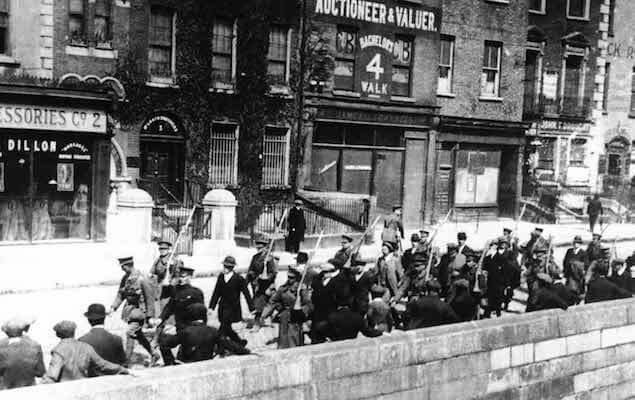By Ireneu Castillo
Original post date: 31 January 2017
Over the last few centuries, a strong opposition has emerged against the participation of both women and the LGBT community in the armed forces, under the assumption that war was exclusively for heterosexual men, even though there are examples in history that prove otherwise (see: The Epic Bravery of a Gay Army [in Spanish]). While some argue that the size and strength advantages of men make them more suitable for one-on-one body combat, that was definitely not what the French army experienced in 1890 when they were on the coast of modern Benin.
In the late 19th century, Africa was a cake that every European power wanted a slice of, and each fought for their share. Most of the times, the conquest of large pieces of land was not too difficult given the brutal imbalance of military strength between the native tribes and the European colonizers. However, in the Guinea Gulf there was a kingdom named Dahomey whose people were famous for their bravery and their little consideration towards their neighbors, and for a distinctive characteristic: almost a third of their army were women—notorious for their relentlessness, loyalty and courage.
The female armed group (called “Amazons” by foreigners and “Mino” by natives) had up to 6,000 members, equipped and trained to fight with muskets and double-edged swords. These battalions were also the elite force for the personal protection of Dahomey kings since the early 18th century.
Their recruiting system was curious. Most of them were volunteers who desired to fight for the king in their sacred jungles. Others were chosen on the basis of being the least-attractive members of the King’s harem (if you were not pretty and had no kids, you were in trouble), and the last subset were women deemed to rebellious to keep around by their families and husbands, who had complained to the King.
Their training process was equal to the men’s, but they were also trained especially to eliminate any trace of compassion and mercifulness that could get in the way of their attack. In the demonstrations they made for the King, they jumped over barricades made with acacia branches—the equivalent of modern barbed wire.
So when the king of Dahomey, Behanzin, declared war to France in 1890, the French army, made up of around 800 men, thought they had it easy against Behanzin’s 8,000 ill-equipped soldiers.
However, they soon found out they weren’t just fighting against these men, but also against armed women that didn’t hesitate to go against their bayonets, making them rear constantly. Chroniclers wrote that the French, who were used to fight only men, were paralyzed when confronted with the attacking women.
Dahomey resisted for four years before falling to the French. Their armies were deadly in close range but ill-prepared for firearms. The Amazons were the last to surrender.
King Behanzin was captured and the women’s army was dissolved. Used to the soldier life, these women had a hard time adapting to living as civilians, with many suffering from depression, alcoholism or even insanity, not unlike what happened many years later to Vietnam veterans. Even so, some Mino teenagers lived enough to see their country become independent again in 1960, this time under the name of Benin. The last Dahomey Amazon, called Nawi, died in 1979.











